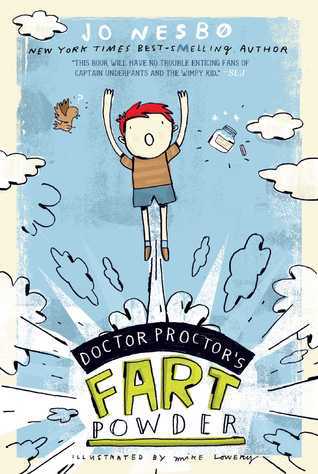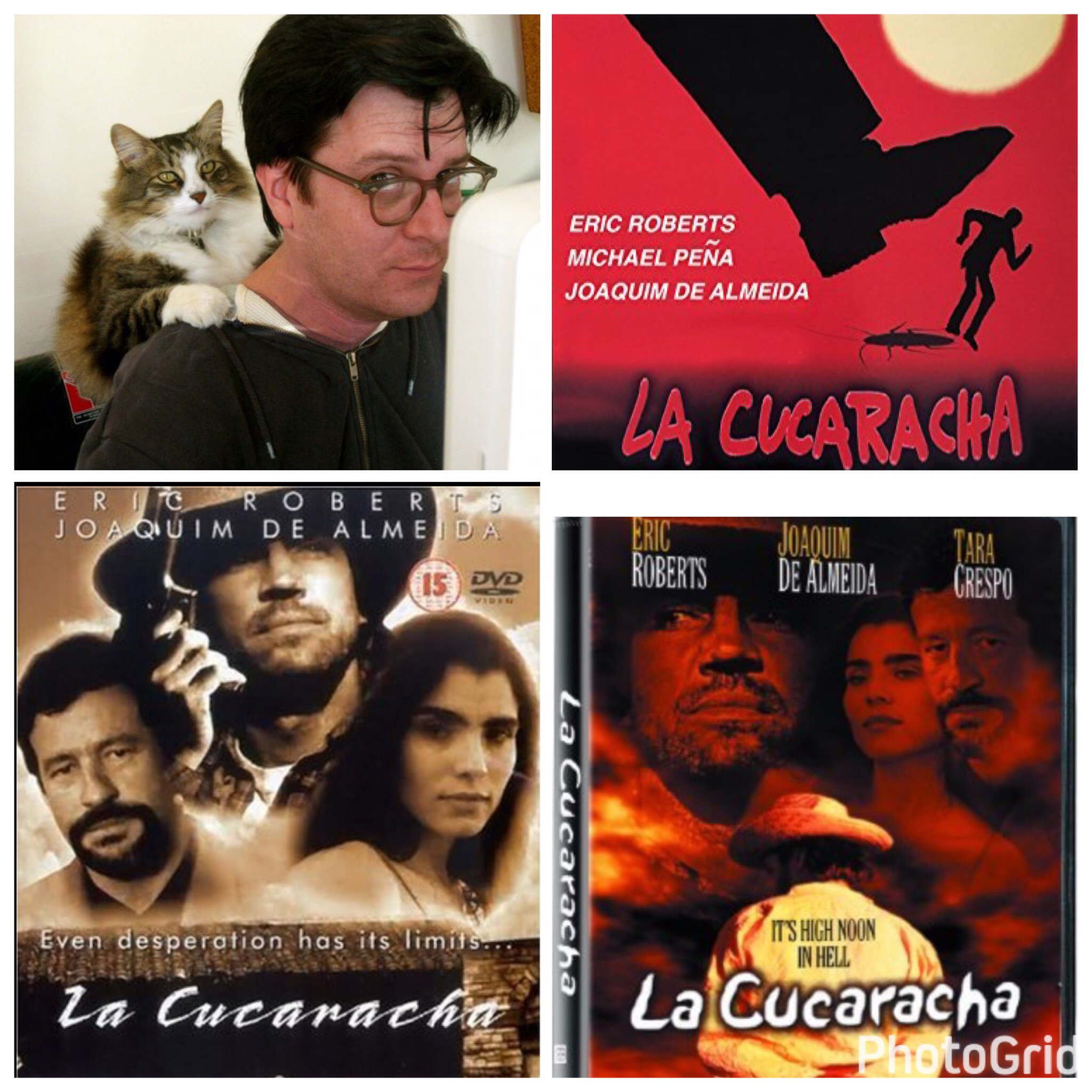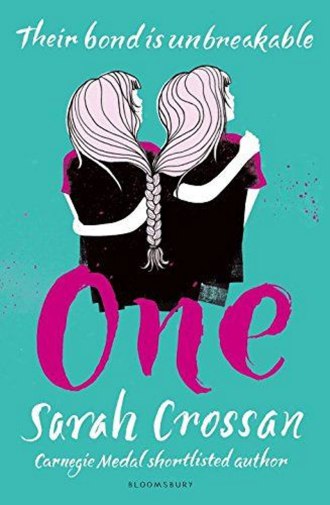 Unfollow Vol. 1: 140 Characters
Unfollow Vol. 1: 140 Characters
Rob Williams, writer; Mike Dowling, R.M. Guéra, artists; Quinton Winter, Giulia Brusco, colorists
Vertigo Comics, 2016
Unfollow is based on a brilliant topical premise: a social media mogul named Larry Ferrell who has terminal cancer announces that he is giving his fortune to 140 randomly selected users of the app he created. They are a diverse group, from all over the globe. From the U.S. there’s a rich heiress and her urban opposite number; a messianic Japanese novelist; a British journalist; a deadly Nigerian with an unusual skin condition; and a survivalist who believes that God talks to him directly.
The story is a bit fragmentary at first, as members of the 140 are introduced one by one. By the end of the third issue they have been brought together by their benefactor, and his true purpose has been revealed. It’s ultimately a grand social experiment. Since the shares are divided equally among surviving members of the group, each death among their number means a larger share for the survivors. The risk is made very real when one of the select is murdered shortly after their first meeting.
So the basic dynamic has been set up. As Mr. Rubinstein (Mr. Ferrell’s possibly insane assistant) puts it: “are you hunters or prey?” The last issue in the collection focuses on one of the 140: Deacon, the one on a mission from God. His history in the military and as a violent vigilante is revealed. As the sole remaining user left on the island–still recovering from injuries when the group departed–we also learn something about Rubinstein’s intentions as he makes his escape.
The setup allows for many different stories in settings all over the world. It may not wind up as “in the end there can be only one,” but it will be interesting to see where it goes.
*************************
 Clean Room Vol 1: Immaculate Conception
Clean Room Vol 1: Immaculate Conception
Gail Simone (Writer), John Davis-Hunt (Artist), Quinton Winter (Colourist)
Vertigo Comics, 2016
Clean Room is centered around a self-help movement/cult run by a horror fiction writer named Astrid Mueller. The movement is called the Honest World Foundation. They prize emotional self-control, and the titular Clean Room is a white climate-controlled space where members are led to confront their deepest fears. The parallels with Scientology and their goal of going Clear are obvious.
But the story goes in directions that are not obvious. The opening scene in the series is a kind of origin story for Astrid Mueller. As a young girl she is deliberately run down by a motorist, and awakens in the hospital seeing demons. It’s hard to tell if they are hallucinations, and the point of the story isn’t made clear until a couple of issues later–so it’s confusing at first. The focus immediately shifts to reporter Chloe Pierce, who is attempting to commit suicide, unable to cope with her fiancee’s suicide. He was an actor heavily involved in Mueller’s movement (the Hollywood connection is another reference to the Scientology phenomenon).
After her rescue she becomes obsessed with getting to the bottom of the Foundation. At their headquarters she manages to interview Mueller herself. A vision she has during it–which she does not reveal to Mueller–convinces the cult leader to show her the Clean Room, where she will sit in on a therapy session. It’s a deeply unnerving experience, due both to Mueller’s bullying emotional techniques and to virtual reality effects that everyone in the room experiences.
Chloe leaves determined to expose the movement, but quickly finds herself unexpectedly involved with it. And another session in the Clean Room (as well as a mysterious visitor to Chloe’s home) demonstrate that the demons talked about in Astrid’s book are real. This aspect of the story reminds me of Grant Morrison’s The Invisibles: there is a realm beyond the reality we know, and it’s hostile to human life. This collection is a satisfying chunk of story, but it is still probably just a prelude for what must come next.
It’s usual practice for the artist to get co-creator credit on a creator owned series, but this one just says “created by Gail Simone.” Nevertheless it’s clear that Jon Davis-Hunt had significant input as the creator of the character designs. There is a “Drawing Room” supplement at the end of the collection showing some of his character sketches. His style reminds me a bit of Frank Quitely, although not as stylized. It’s basically realistic, with slightly exaggerated facial expressions–which has the benefit of making the characters individual and recognizable. He also does a great job on the demons and other horrific events in the story. And he uses a variety of panel layouts, to good effect.
Enjoyable to see writer Gail Simone stretch this way. Clean Room has an interesting premise, with very creepy horror always just below the surface. Astrid Mueller is already proving to be more than the simple villain she first appeared.
*************************
 Constantine: The Hellblazer Volume 1: Going Down
Constantine: The Hellblazer Volume 1: Going Down
Ming Doyle, James Tynion IV, writers; Riley Rossmo & others, artists; Ivan Plascencia, colors
DC Comics, 2016
Rogue mage John Constantine gets another DC series, this time with “the Hellblazer” back in the title. The portrayal justifies the Hellblazer tag: Constantine’s character includes strong elements from the long-running Vertigo series, as well as parts of the New 52 version. So John is back to being a bastard whose involvement in magic tends to hurt his friends; but he also utilizes explicit magic and magical objects to an extent he never did during the moody original run.
The first five issues form a single arc (although they are not titled that way) which explicitly revisits Constantine’s magician origins. The ghost of his old friend Gary Lester (Gaz) informs him that something is killing his ghostly entourage–all of the unfortunate friends and acquaintances who died due to magical misadventure–who have been haunting him all these years. The problem stems from his early days with the punk band Mucous Membrane, when he was just beginning to dabble in magic. In the course of portraying those early days the creators do some retro-conning. John’s love interest and band-mate Veronica Delacroix is a new creation, as is a respectable studied magician named Georgiana Snow. And there is a deliberate demonic connection to the band that was not part of the history before.
New York City is John’s base in the series, but he must return to England to seek Georgiana’s help. She is his opposite number in every way. She is a government exorcist (housed in the Wren Library’s secret wing) and dresses in white; John is a street mage who wears a dark suit and trench coat (but one redesigned to look a bit more contemporary). So naturally they hate each other, but Constantine persuades her to help. As usual there is a resolution that comes at a cost.
The final issue in the collection is a standalone story that shows John back in NYC doing the odd magic job–driving out demons and such. At the end of the day he encounters a gargoyle of past acquaintance, who points out that there are a lot more magical incursions than normal. Something is happening, and it will be John’s responsibility to deal with it. At the end of the story John finally hooks up with a new male love interest; his explicit bisexuality is another part of this new portrayal.
New artist Riley Rossmo brings an interesting new visual look to the series. It’s a bit more angular and cartoonish than usual, but he gets the atmosphere right. I found I came to accept it quickly, so it was a shock when the third and fourth issues employed guest artists: co-writer Ming Doyle, Vanesa Del Rey, and Chris Visions (plus an assist from Scott Kowalchuk on issue five). The guest artist’s styles are arguably more in the Hellblazer tradition, but it’s still an adjustment. The only other DC-friendly adjustment is the substitution of rows of little pentagrams in place of the f-bomb in the dialog. I thought it would get annoying, but it’s sort of cute.
Advertisements Share this:





